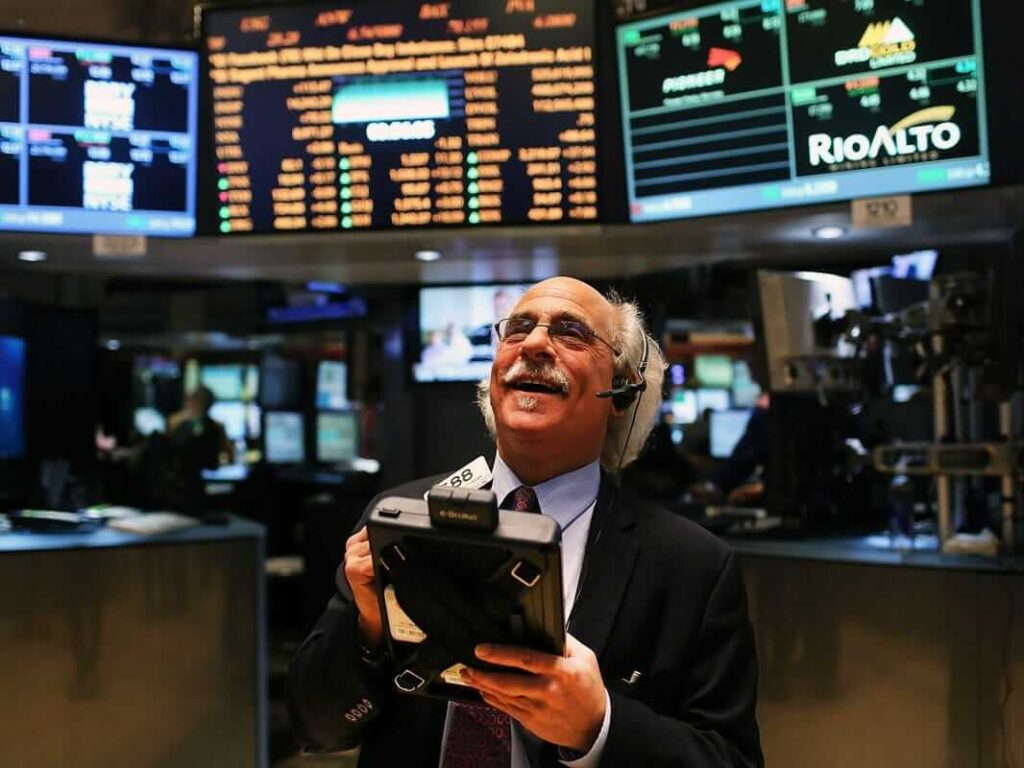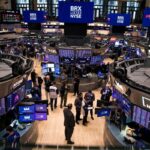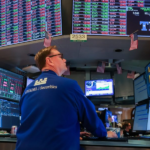Fundstrat’s Tom Lee foresees a significant surge in stocks, anticipating a liquidity rally as the Federal Reserve adopts a less-restrictive monetary policy. Lee, known for his persistently bullish forecasts, projects the S&P 500 to reach a record high of 5,200 by the end of 2024, suggesting a 13% upside from its current levels.
The key driver behind this optimistic outlook is the expectation that the Federal Reserve will cut interest rates next year, responding to the cooling inflation in the economy. After raising rates to a target range of 5.25%-5.5% to counter high prices, Fundstrat predicts rates could fall to 3.2%-3.5% in 2024, implying a potential 100 basis-points rate cut.
Lee highlighted a significant shift in the Fed’s approach, stating, “The Fed is no longer fighting an inflation war but really shifting towards managing the business cycle — a huge change.” This change in stance is expected to propel the market forward.

Market indicators already reflect anticipation of lower rates, evident in narrowing credit spreads. US investment-grade corporate bond spreads recently tightened to their lowest level since 2022, and high-yield bond prices have experienced a rally. Lee emphasized that this isn’t a fluke but an improving liquidity rally, even as investors withdrew $420 billion from stocks this year.
In a departure from typical late-stage business cycle behavior, cyclical stocks, bank stocks, and small-cap stocks have all shown positive momentum in recent weeks. This divergence from the norm suggests that the market is in an expansionary phase, supporting the ongoing upward trend in equities.
The broader sentiment on Wall Street aligns with Fundstrat’s outlook, with other major institutions such as Bank of America, Deutsche Bank, and Société Générale also predicting the potential for the S&P 500 to achieve a new all-time high in 2024. The consensus view anticipates a positive year for stocks characterized by a soft landing and what is termed “immaculate disinflation” — a scenario where the US avoids a recession while experiencing cooling inflation.









